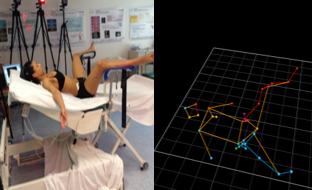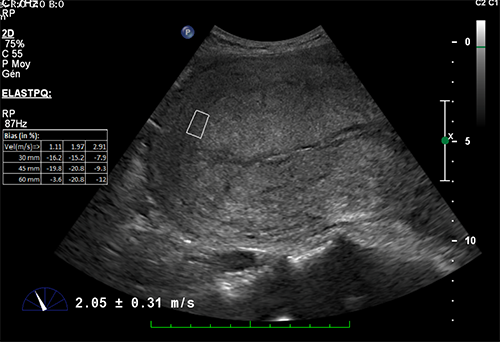- Accueil
- Recherche
- Femme & mère
- Projects & Studies
Projects & Studies
Optimac (optimization of the mechanics of childbirth)

The present translational project, aims to advance the monitoring, understanding and management of childbirth as well as dystocia, with consideration for the biomechanical aspects of labour. The overall aim of the project is to optimize childbirth on an individual basis through mobilization of the mother.
This innovative approach to obstetrics may have major repercussions in the ongoing debate about the medicalization of delivery by shifting the focus to obstetrical biomechanics. It could also provide a solution, other than cesarean section, to dystocia, potentially leading to new procedures in the labour ward.
Prediction of uterine atony after vaginal delivery by shear wave elastography

Postpartum haemorrhage (PPH) is a major cause of maternal morbidity and mortality worldwide. Uterine atony accounted for 77 % of all cases of PPH. Even though multiple risks factors for PPH and uterine atony have been described throughout the literature, it often occurs among patients with no risk factors. Recognition of such women at risk would allow the clinician to anticipate PPH, leading to a reduction of adverse maternal outcomes due to the application of better preventive and therapeutic measures.
We propose that shear-wave elastography, could be an efficient way to quantitatively estimate the baseline stiffness of the myometrium during the third stage of labour and after placental expulsion.
Département femme-mère-enfant
Rue du Bugnon 21
CH-1011 Lausanne



